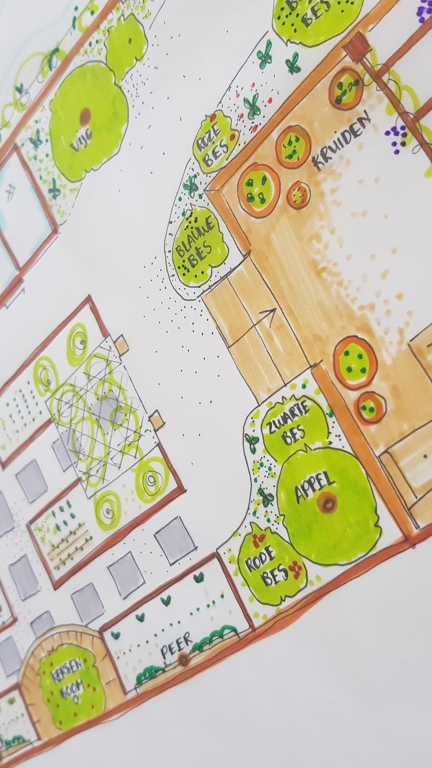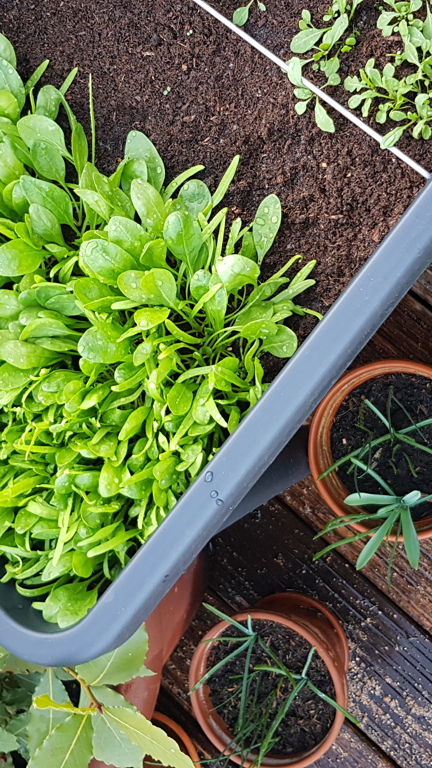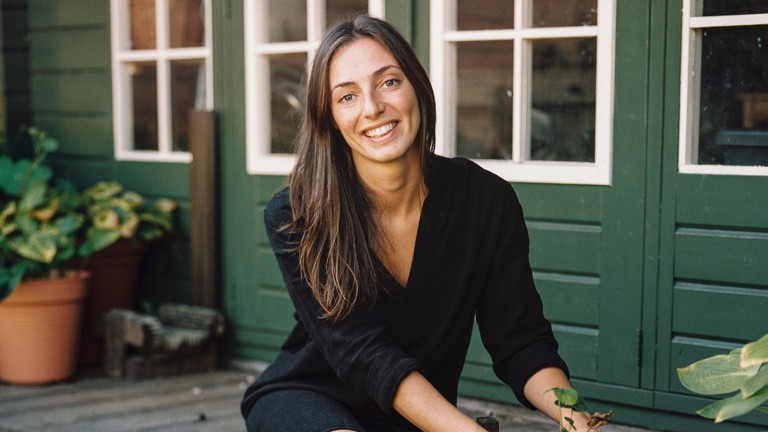I also draw the position of the sun in my vegetable garden, so I know where the sun will be most of the time. My vegetable garden is located on a place where there is most of the time sunlight. I have linked a schedule to my vegetable garden plan. This is also referred to as a sowing and harvesting calendar. Here I find per chosen vegetable or herb when I should start sowing indoors or outdoors, when I can plant it out and it is harvest time. I have noticed that since I plan a vegetable garden every year, I can also harvest more from the garden. So planning this is a big advantage!
Before you can create the sowing and harvest calendar, it is smart to ask yourself what you like to eat. I myself eat a lot of tomatoes and eggplant, so these crops are really not missing on my list. If you are just starting out with vegetable gardening, opt for easy crops such as radishes, beets, lettuce, arugula, spinach, zucchini, beans and tomatoes. Tomatoes may be a bit trickier, but all other crops will do well for everyone. This will certainly motivate you to never stop gardening afterwards! Also take a look at my vegetable seed box, because it contains all these crops and you can get started right away!
Now that you know where to start the vegetable garden (whether in special growing products or in the garden) and what you want to grow, it is time to buy the seeds. I always make a list of seeds that I want to purchase. By doing this on time, you will receive all seeds on time and you can start at the right time. There are many online seed suppliers, but many growers and garden centers also have a wide range.
Once I have all the seeds in, I create a sowing and harvesting calendar that is right for my vegetable garden. All the information you need to make such a calendar can be found on the back of the seed bag. This shows the time when you start sowing and when you can harvest. You will also find the planting distance that you must maintain when you plant the plants in the garden. If you do not maintain these dimensions, the plants can oppress each other and eventually even die. It is therefore important to note for yourself that you do not forget to take into account the distance between each plant. I do not only process this in my sowing and harvest calendar, but also draw this out on my vegetable garden plan so that I can be sure that everything actually fits in my vegetable garden. You have therefore incorporated all the information you need to start with your vegetable garden in a vegetable garden plan with a sowing and harvesting calendar.
- Only grow what you like to eat in the vegetable garden
- Don't start too big, use for example the growtable xxl or a number of cultivation pots from the elho grow your own collection. This way you can test whether you like vegetable gardening and if it suits you. I started with 1m2 with tomatoes and that was where the vegetable garden virus developed in me.
- Do not sow a lot in one time, but spread the sowing a little. This way you can also harvest gradually.
- Sow on time and not too late or too early. Take a good look at the back of the seed bag because here you will find all the information you need. I start with a lot of crops on the windowsill first. For this I use the elho grow houses with the transparent hood. These are perfect for growing the first seedlings. Then I repot the plants when they have four leaves to one of the elho growing pots.
- You can also start a vegetable garden if you have less sun in your garden. Make sure you use crops that need less sun, such as parsley, lettuce, arugula and beans.



